Shibuya’s Silicon Valley status pushing rents to new highs
October 22, 2019Shibuya,Shibuya Station Redevelopment,Shibuya Real EstateOffice/Retail News & Information,Real Estate News,Market Information,All,Commercial Real Estate,Tokyo
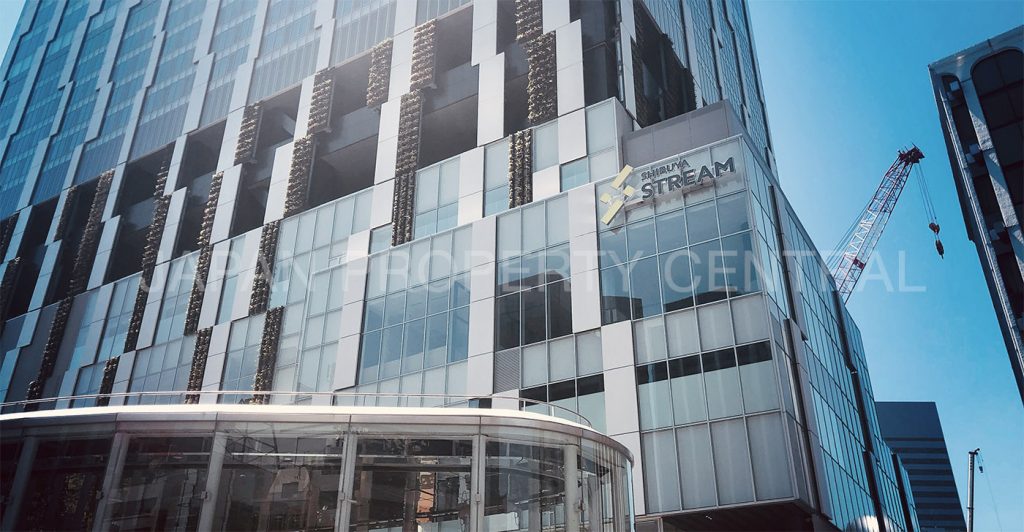
Thanks to its fast-growing status as Japan’s new tech center, Shibuya has outpaced Chiyoda as the most expensive office district in Tokyo.
New apartment price in Tokyo exceeds 60 million Yen for first time in 28 years
October 21, 2019Real Estate News,Market Information,All,Tokyo

The average price of a brand-new apartment released for sale across greater Tokyo in the first half of 2019 (April ~ September) was 60,060,000 Yen, up 4% from last year. This is the first time in 28 years to see the average price exceed 60,000,000 Yen for the first half of a year. In 1991 it was 61,370,000 Yen.
Shibuya onsen to be converted into shared office space
October 18, 2019ShibuyaOffice/Retail News & Information,Real Estate News,All,Tokyo
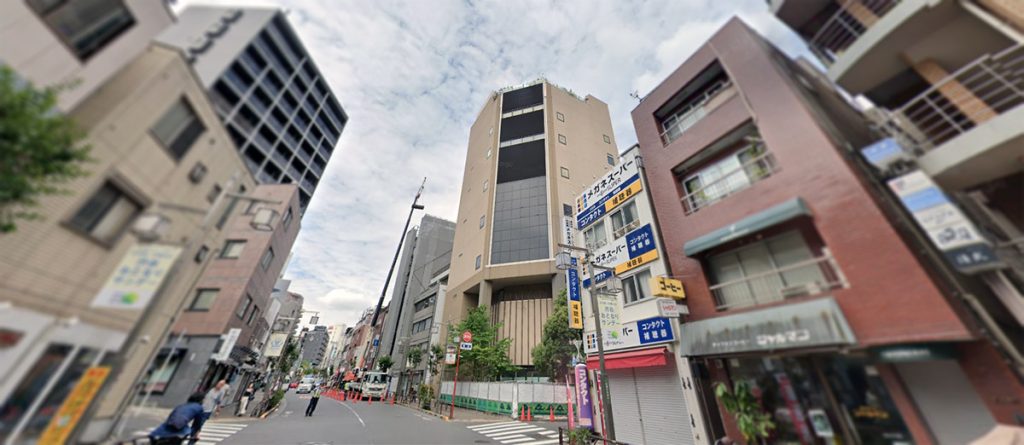
An office conversion is planned for a long-shuttered spa and onsen building in downtown Shibuya. Shiespa, located 600 meters from Shibuya Station, opened in 2006 as a women-only spa and onsen. It closed its doors in August 2007 and has sat vacant ever since.
Kamakura has less than 1,000 hotel rooms
October 17, 2019Real Estate News,All,Hotel News,Kamakura
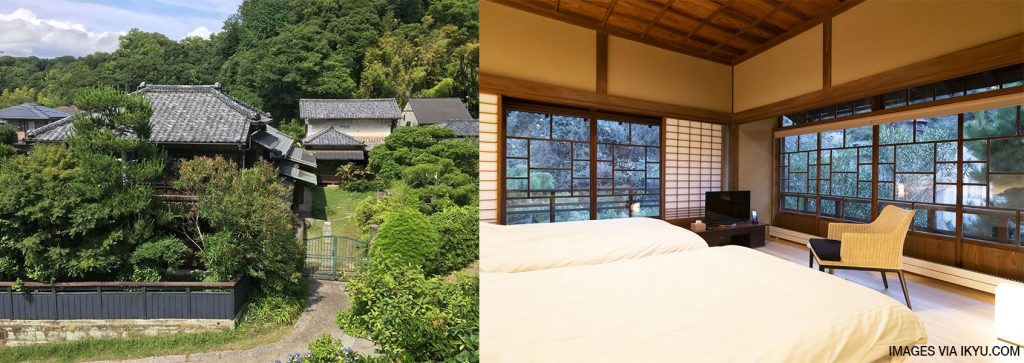
Despite welcoming over 20 million annual tourists, Kamakura, a historic beachside city an hour by train from central Tokyo, has a surprisingly small number of hotel rooms. The mountain resort town of Hakone, also in Kanagawa Prefecture, has the same level of tourists but as many as 8,000 hotel rooms. Kamakura has just 980.
Nara soy-sauce brewery to become boutique hotel
October 16, 2019Nara Prefecture,NaraHistoric Properties,Real Estate News,All,Hotel News
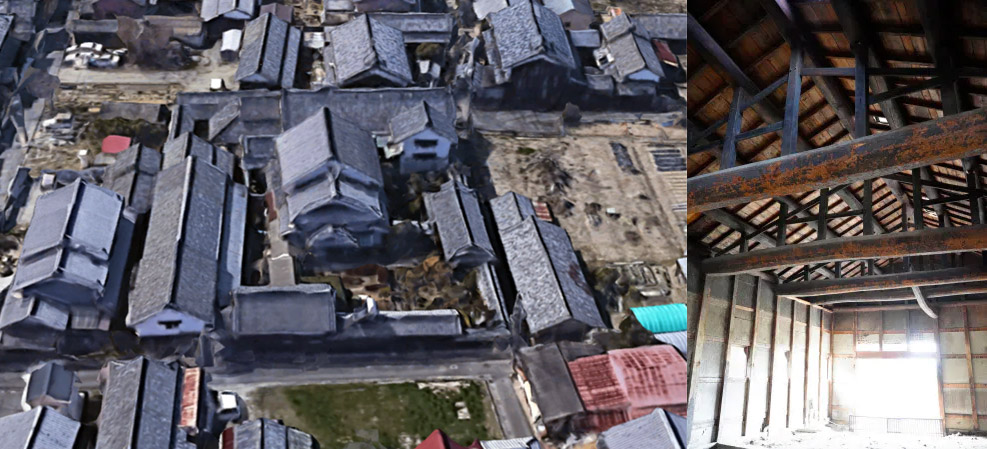
Nara-based Nanto Bank has set up a 1.5 billion Yen (approx. US$14 million) fund that will restore historic kominkas and convert them into tourist accommodation. Nara Kominka Machitsukuri Partners will start operations next month. The first project is a soy sauce brewery founded in the Edo period. The former storehouse will be converted into overnight accommodation.
Office vacancy rates return to record low in Tokyo
October 15, 2019Office/Retail News & Information,Real Estate News,Market Information,All,Tokyo
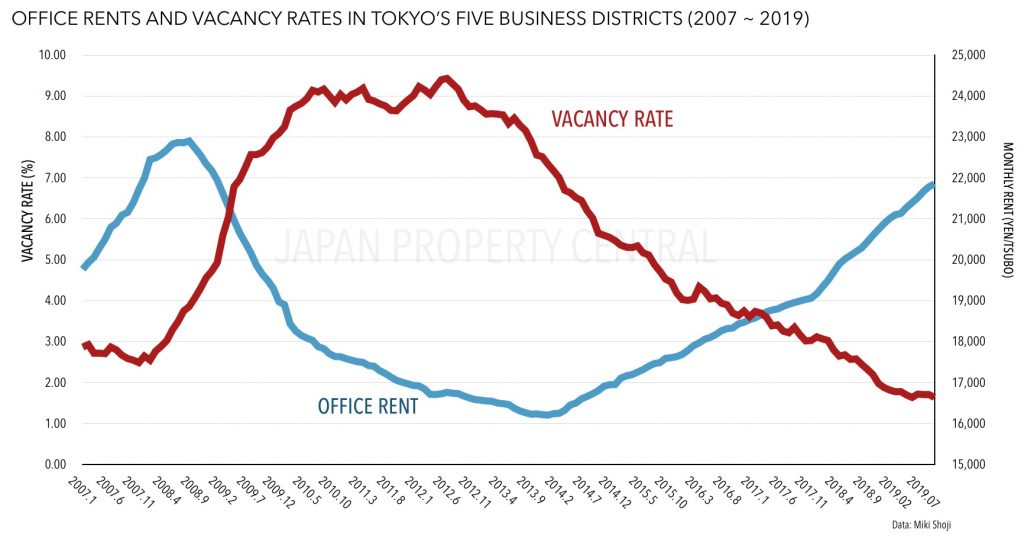
Office rents in central Tokyo continue to climb with a 6.93% year-on-year increase reported in September. This is the 69th month in a row to see a year-on-year increase. Meanwhile, vacancy rates remain low with an average of 1.64%, equal to the recent historic low seen in May. The vacancy rate excluding new construction was 1.56% last month, down 0.7 points from last year.
Central Tokyo apartment sale prices reach record high in September
October 14, 2019Real Estate News,Market Information,All,Tokyo
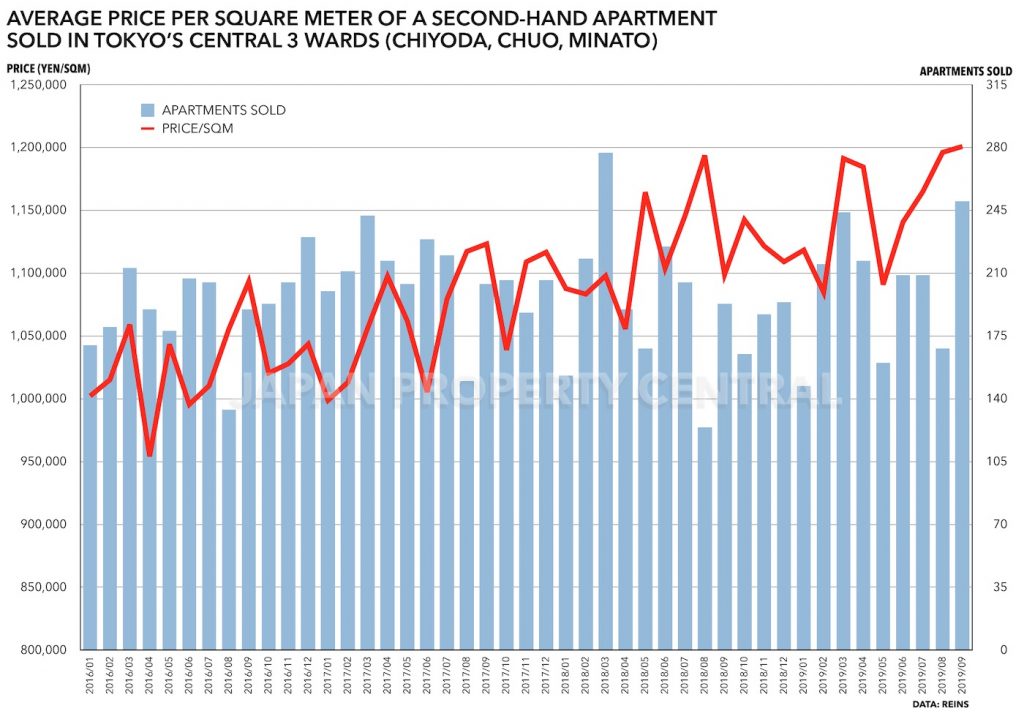
According to REINS, a total of 3,589 second-hand apartments were reported to have sold across greater Tokyo in September, up 38.9% from the previous month and up 10.6% from last year. This is the 4th month in a row to record a year-on-year increase in transactions. The average sale price was 34,630,000 Yen, up 0.1% from the previous month and up 5.2% from last year. The average price per square meter was 537,900 Yen, down 0.2% from the previous month but up 4.7% from last year.
